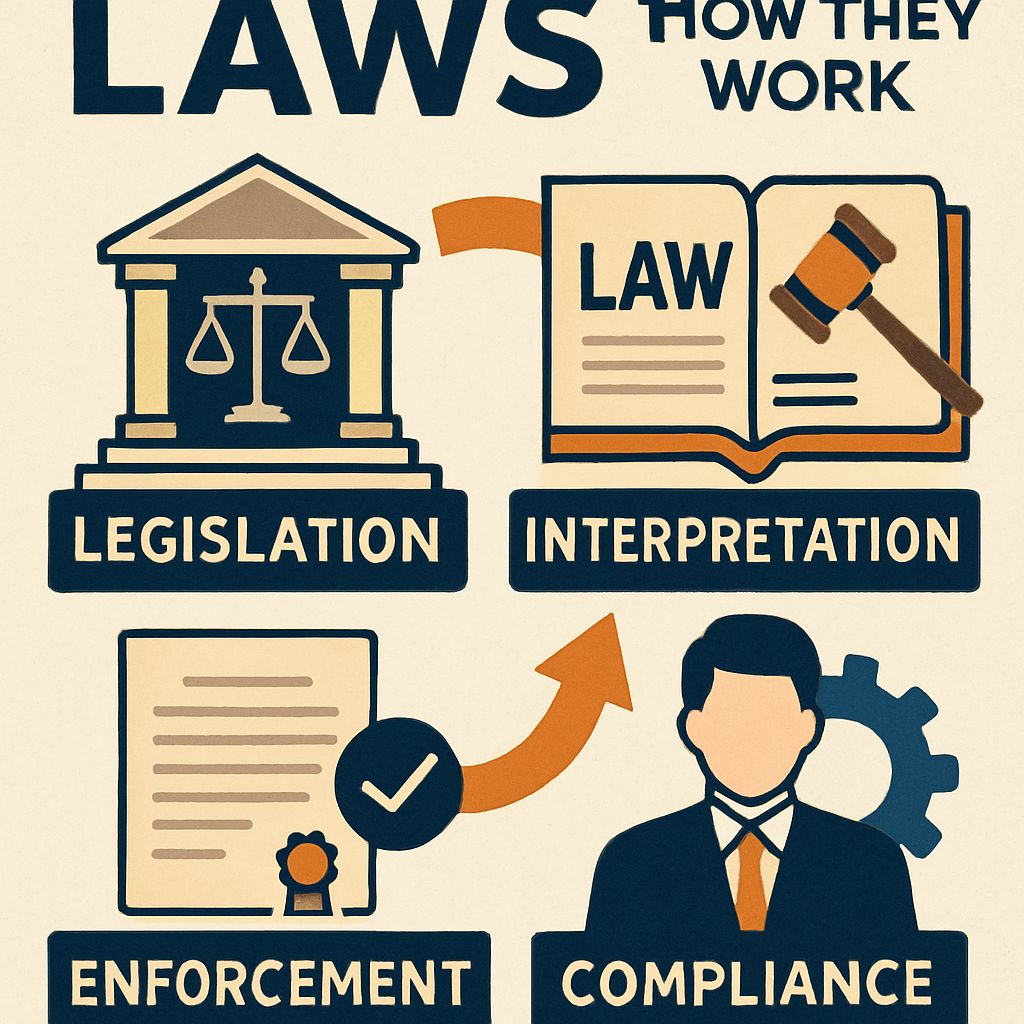Killer Robots Regulation: Inside the UN Talks on Autonomous Weapons and Global Concerns
Introduction: Killer Robots Regulation — Is This the Future of Warfare?
Killer robots regulation is no longer a sci-fi fantasy—it’s a pressing global issue. With the rise of autonomous weapons systems, the world now faces a critical question: Should machines be allowed to make life-and-death decisions in warfare? The debate is heating up, and the United Nations is at the center of it.
Have you ever imagined a world where wars are fought by AI-powered machines, not soldiers? Sounds futuristic, right? But it’s already starting. Autonomous weapons—often referred to as killer robots—are being deployed on modern battlefields, raising urgent concerns about legality, accountability, and humanity.
After analyzing everything across the internet and gathering real-world insights, the Bhussan.com team shares this friendly, helpful article on killer robots regulation, breaking down the UN’s current talks, real-world implications, global stances, and the ethical debate.
Understanding Killer Robots: What Are LAWS?

Before we dive into the talks and regulations, let’s take a moment to understand what “killer robots” really are. Lethal Autonomous Weapons Systems (LAWS) are robotic systems designed to autonomously identify, select, and engage targets without human intervention. These weapons are powered by advanced artificial intelligence (AI) and machine learning technologies, making them capable of acting independently once deployed.
From drones that autonomously target enemy combatants to fully automated weapons platforms, killer robots are increasingly being integrated into modern military strategies. But as much as they promise increased efficiency and reduced human casualties in some cases, their use raises serious ethical concerns.
The UN Talks: A Step Toward Global Regulation?

The United Nations recently held a series of talks focused on the regulation of killer robots. These discussions were part of the Convention on Certain Conventional Weapons (CCW), which aims to address the ethical, legal, and military challenges posed by autonomous weapons systems. As of now, however, the regulation of killer robots remains a patchwork of national policies and a lack of a cohesive global framework.
Since 2014, the CCW has been working on guidelines to address the potential risks of LAWS. But despite years of debate, little concrete action has been taken. Why? Simply put, there’s no global consensus. Some nations argue that autonomous weapons could reduce human casualties in warfare, while others believe that the risk of accidental escalation or misuse outweighs any potential benefits.
Why Are Nations Divided?
The world’s nations are sharply divided over how to regulate—or even ban—killer robots. Countries like Austria, New Zealand, and Brazil are pushing for a preemptive ban on fully autonomous weapons, citing moral, legal, and humanitarian concerns. They argue that machines, which can’t be held accountable for their actions, should not be given the power to make life-and-death decisions.
On the other hand, countries such as the United States, Russia, China, and India are reluctant to impose such a ban. These nations contend that autonomous weapons could help reduce human errors on the battlefield and, in some cases, even lower the overall risk to civilians by more accurately targeting combatants.
This tension has made it difficult to reach a global consensus on the issue. UN Secretary-General António Guterres has voiced concerns over autonomous weapons, stressing that they must never cross the line of autonomous killing without human oversight.
Current Deployments and Real-World Implications
The issue of killer robots regulation isn’t just theoretical—it’s already happening. In conflicts like those in Ukraine and Gaza, autonomous weapons are being deployed on the battlefield, with reports indicating that Russia has sent out over 3,000 autonomous drones into Ukraine, many designed to autonomously select targets and engage them.
Israel has also deployed AI-driven systems in Gaza, utilizing automated technologies to detect and neutralize threats. These real-world examples of killer robots in action only highlight the urgency of regulation. As these systems become more common, the potential for misuse, accidental escalation, and violations of international law increases.
The Ethical Dilemma: Machines Deciding Who Lives and Who Dies

At the core of the debate lies the ethical question: Should we allow machines to make life-and-death decisions? This is where the rubber truly meets the road. Human rights organizations have long expressed concerns about the delegation of lethal force to autonomous systems. The Campaign to Stop Killer Robots, an international coalition of organizations, emphasizes that such weapons could violate international humanitarian law by making decisions that currently require human judgment.
The risks don’t stop there. Critics also warn that LAWS lowers the threshold for war, making it easier for nations to engage in conflict without risking the lives of their own soldiers. With autonomous systems that don’t require direct human control, countries may be more likely to escalate situations, knowing that machines are handling the most dangerous tasks.
Pros & Cons of Autonomous Weapons Systems
As with any new technology, there are both pros and cons to the deployment of killer robots. Let’s break them down:
| Pros | Cons |
|---|---|
| Reduced Risk to Soldiers: Autonomous systems can reduce the number of human soldiers exposed to danger. | Loss of Human Control: Machines making decisions without human oversight could lead to unforeseen consequences. |
| Increased Precision: AI-powered systems can make more accurate decisions, potentially reducing collateral damage. | Ethical Concerns: Allowing machines to make life-and-death decisions is deeply troubling for many. |
| Efficiency: LAWS could increase the efficiency of military operations, enabling quicker decision-making in high-stress situations. | Accountability: Determining responsibility for mistakes or illegal actions taken by machines could be nearly impossible. |
| Reduced Civilian Casualties: Autonomous systems could help reduce civilian deaths by targeting combatants more accurately. | Potential for Misuse: In the wrong hands, autonomous weapons could be used to target civilians or to initiate conflicts. |
Conclusion: Moving Toward a Safer Future?
So, where do we go from here? While the discussions surrounding killer robots are ongoing, the lack of concrete regulations is a serious concern. As the technology evolves, so must our understanding of its potential risks and ethical dilemmas.
The UN’s efforts to bring nations together for regulation are crucial, but they must move beyond rhetoric and into action. Whether it’s a complete ban on fully autonomous weapons or a framework for their controlled use, the world needs to ensure that human oversight remains a fundamental part of any military operation.
What do you think? Should autonomous weapons be banned, or is there a path forward for their responsible use? Share your thoughts with us and stay informed as this crucial issue continues to evolve.
FAQs About Killer Robots and LAWS
-
What are lethal autonomous weapons systems (LAWS)?
-
LAWS are weapons that can identify, select, and engage targets without human intervention using AI and machine learning technologies.
-
-
Why are countries divided over LAWS?
-
Countries differ on whether LAWS should be banned or regulated, with some focusing on the ethical implications and others on the potential military advantages.
-
-
What are the risks of deploying autonomous weapons?
-
The risks include ethical concerns, loss of human control, and potential misuse in conflicts.
-
-
What is the UN’s stance on LAWS?
-
The UN is pushing for regulations to ensure that LAWS are controlled and monitored to prevent misuse.
-
-
Can LAWS be used responsibly?
-
While some believe LAWS could reduce civilian casualties and improve precision, others argue that without human oversight, they could violate international law.
-
-
Are autonomous weapons already in use?
-
Yes, countries like Russia and Israel have deployed autonomous drones and systems in current conflicts.
-
-
Why is regulation so slow?
-
Progress has been delayed due to differing national interests and the complex nature of international treaties.
-
-
What are the ethical concerns regarding LAWS?
-
Ethical concerns include the lack of accountability for mistakes and the possibility of machines making decisions that could lead to unnecessary loss of life.
-
-
How can LAWS impact future warfare?
-
LAWS could change the dynamics of war, potentially reducing soldier casualties but also making wars more likely and more dangerous.
-
-
How can we ensure that LAWS don’t violate human rights?
-
Clear international regulations and oversight mechanisms are essential to prevent violations of international humanitarian law.
-
External Links:
-
United Nations Office for Disarmament Affairs (UNODA)
🔗 https://www.un.org/disarmament
Official source for UN discussions on autonomous weapons and disarmament policies. -
Campaign to Stop Killer Robots
🔗 https://www.stopkillerrobots.org
Global civil society coalition working to ban lethal autonomous weapons. -
Human Rights Watch – Killer Robots Report
🔗 https://www.hrw.org/topic/arms/killer-robots
In-depth reports on humanitarian and ethical concerns. -
International Committee of the Red Cross (ICRC) – Autonomous Weapons
🔗 https://www.icrc.org/en/document/position-autonomous-weapons
ICRC’s official position and analysis of LAWS (Lethal Autonomous Weapon Systems). -
MIT Technology Review – The Reality of Killer Robots
🔗 https://www.technologyreview.com
Analytical pieces on the tech and future implications of autonomous warfare.

